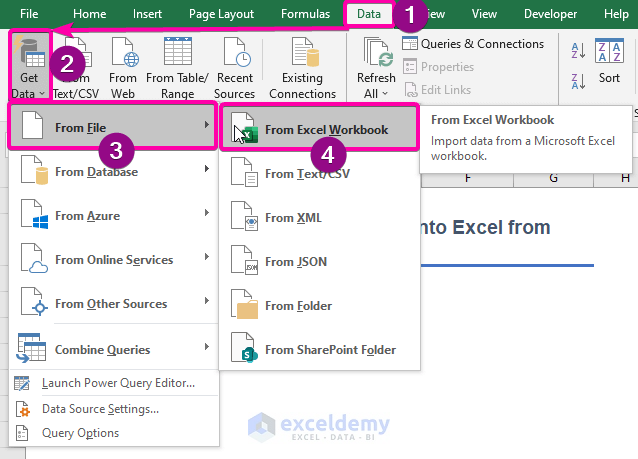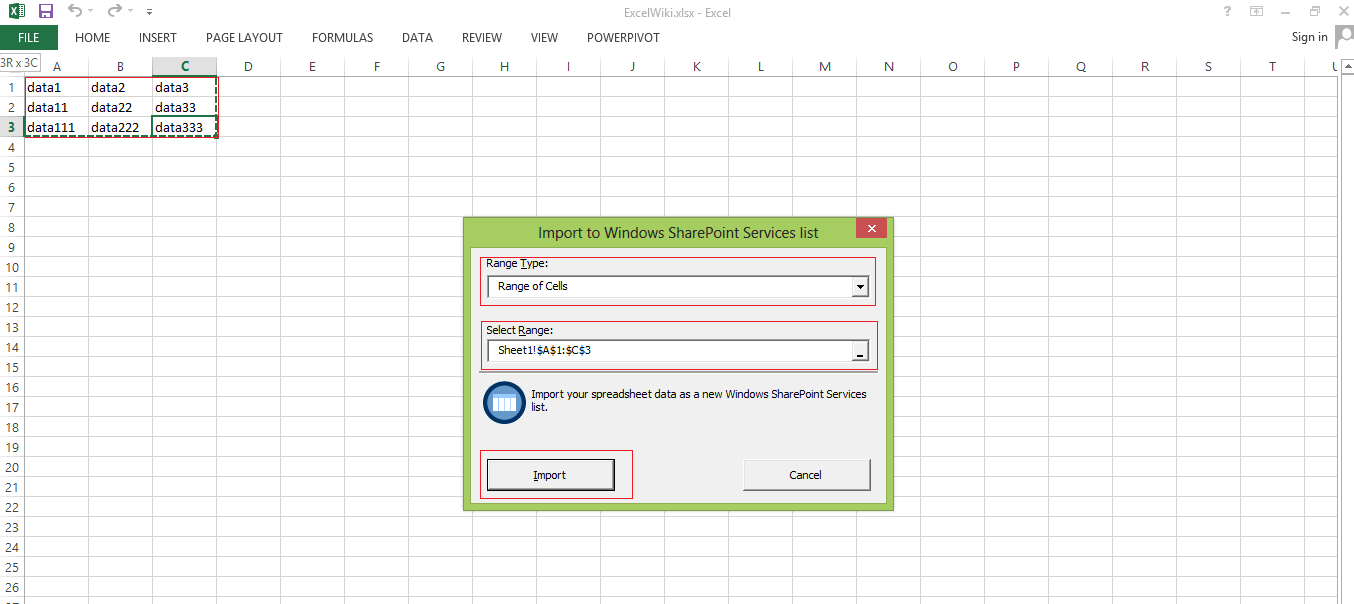5 Easy Ways to Import Excel Sheets Now

If you work in an office or handle data regularly, importing Excel sheets is a common task that can save time and streamline your workflow. Here are five simple methods to import Excel spreadsheets into various applications and platforms, making your data management smoother:
1. Using CSV Files for Universal Compatibility

CSV (Comma-Separated Values) files are a universally accepted format for transferring data:
- Save your Excel file as a CSV file from the ‘File’ menu.
- Open or import this CSV file into your preferred application like Google Sheets or any database management software.
CSV files are supported by most data handling systems due to their simplicity:
- They are plain text and can be edited with text editors.
- Their structure is easily understood, making manual edits straightforward.
2. Direct Import with Microsoft Power Query

Microsoft’s Power Query (available in Excel and Power BI) simplifies the import process:
- Go to the ‘Data’ tab in Excel.
- Select ‘Get Data’ > ‘From File’ > ‘From Workbook’ to import your Excel file.
- You can then perform data transformations directly within Power Query.
3. Importing with Google Sheets

Google Sheets offers easy integration with Excel:
- Use ‘File’ > ‘Import’ in Google Sheets to upload your Excel file.
- Choose to ‘Create a new spreadsheet’ or ‘Replace the current sheet’ during import.
Additionally, you can link your Google Sheet to update automatically when changes are made to the original Excel file:
- Under ‘Import location’, select ‘Insert new sheet(s)’.
- Check ‘Convert update links to linked spreadsheets’ to create a dynamic link.
4. Utilizing Excel Add-Ins

Excel’s ecosystem includes various add-ins for specialized importing tasks:
- Add-ins like Tableau Connector or Power Query enhance Excel’s native import functions.
- For instance, Power Query can connect directly to databases or web services to fetch data.
5. Programmatic Import with Python

If you’re comfortable with coding, Python provides an efficient way to import Excel data:
- Pandas: Use
pd.read_excel()to load Excel data into a DataFrame. - Openpyxl: Read, write, and manipulate Excel files with this library.
- XlsxWriter: Write data to Excel files from Python, including charts and more complex layouts.
🔄 Note: When importing data programmatically, ensure the Excel file is correctly formatted with proper column headers and consistent data types to avoid errors or data misinterpretation.
Summing up, whether you are looking for quick solutions or more advanced capabilities, these five methods offer a range of options to import Excel sheets into your workflow. From universal formats like CSV for broad compatibility to powerful scripting with Python for custom data manipulation, you have the tools to make data transfer effortless. By incorporating these techniques into your routine, you can enhance productivity, ensure data accuracy, and make better-informed decisions based on your data insights.
Can I import multiple Excel files at once?

+
Yes, tools like Power Query can consolidate multiple Excel files into a single dataset if they share a consistent structure.
Are there limitations to importing Excel files into Google Sheets?

+
Large files might encounter issues with import speed or could be capped by Google’s storage or sheet size limitations.
How do I deal with formatting issues when importing data?

+
Use Power Query for formatting transformations or manually adjust formats after the import. Tools like Pandas in Python can also handle formatting and data type conversions during import.



